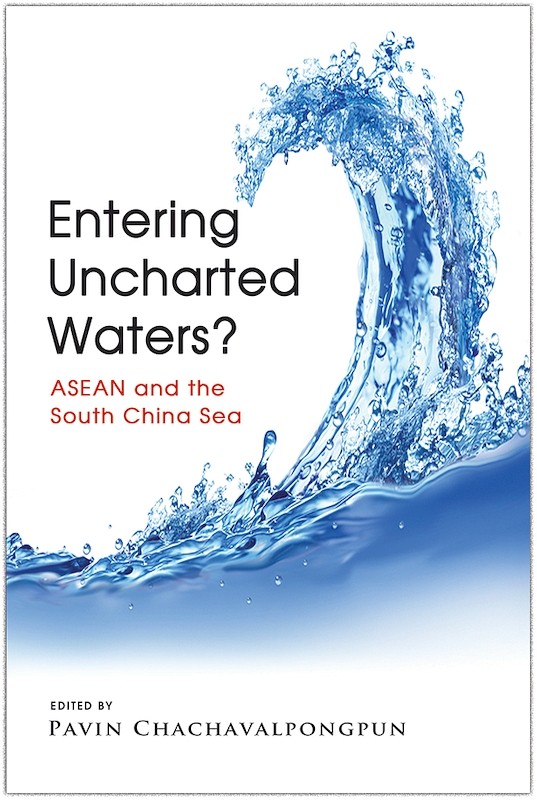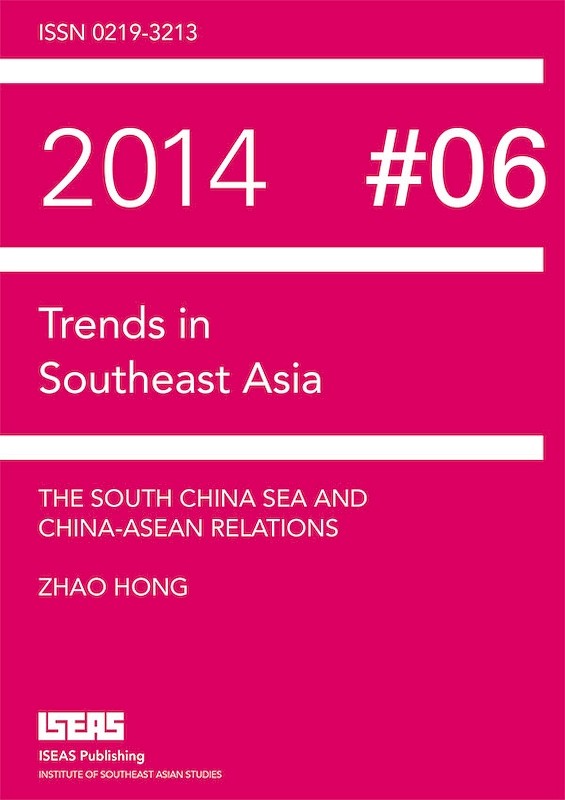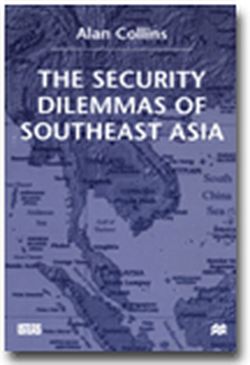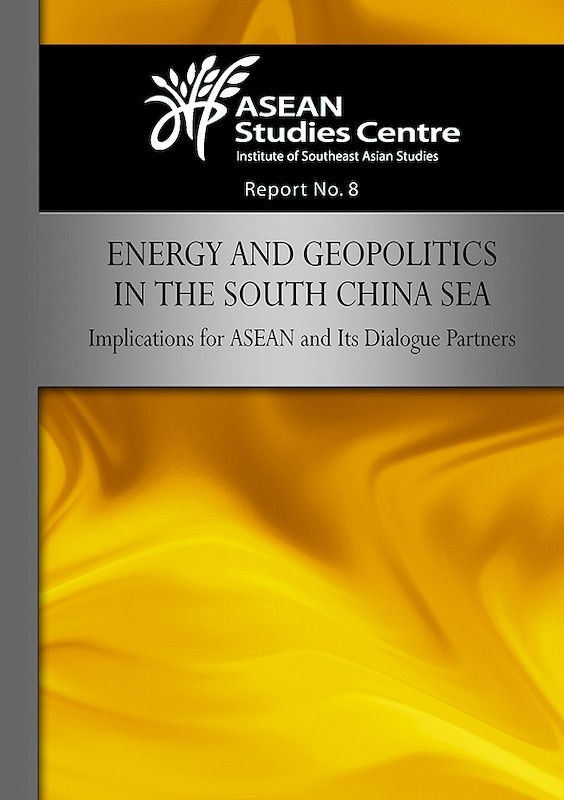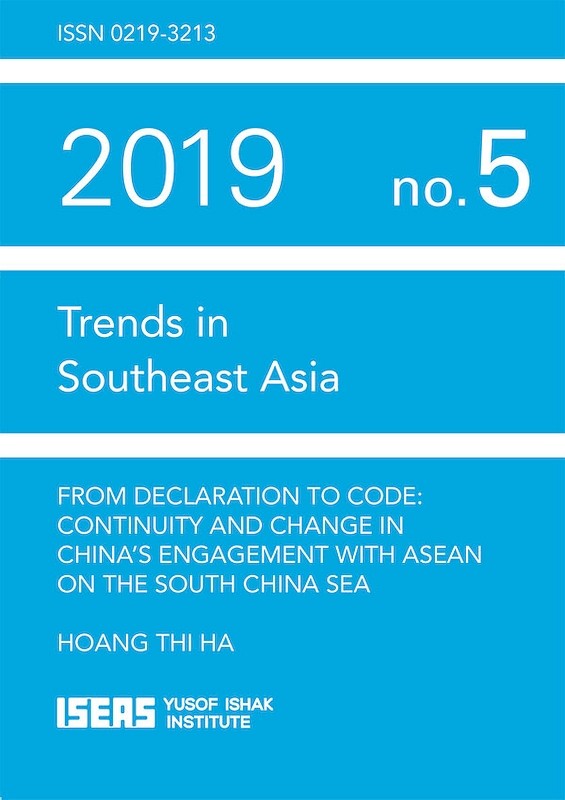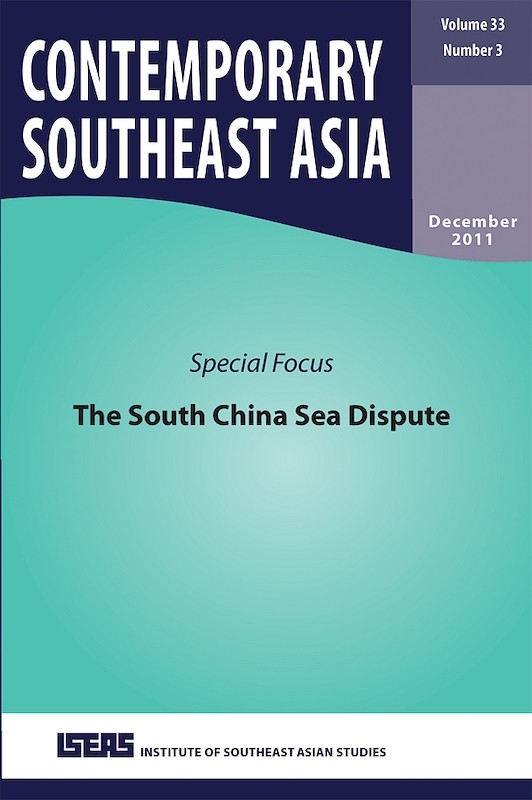Mariko Kawano, International Journal of Asian Studies, Vol. 15 Part 2, July 2018.
"The arguments in this volume can be divided into four parts: First, a general overview of the dispute (Chapters 1 and 2); second, an examination of the claims of the People's Republic of China (PRC) and Taiwan (Chapters 3 and 4), and the reactions of ASEAN to the accelerating conduct of the PRC and Taiwan (Chapters 5 and 6); third, an analysis of the arguments and circumstances of other principal claimants and the difficulties ASEAN faces in unifying the policies related to the South China Sea dispute because of the contradictory and conflicting interests among its members (Chapters 7, 8, and 9); and fourth, the interests of the non-claimants (Chapters 10,11, and 12).
.... The arguments in the book, taken together, successfully and effectively show the complicated nature of the South China Sea dispute, which is not only concerned with economic and strategic interests but also related to matters of sovereignty and nationalism. Moreover, it is clearly illustrated that the realities of the dispute have behind them a variety of international, regional, and internal factors related to the respective states, including claimants and non-claimants, which have made the settlement of this dispute more difficult and unpredictable. Although two years have passed since its publication, it is possible to say that the analysis in this volume remains valid and generates insightful perspectives on the dispute and explains the respective responses in the South China Sea Arbitration and the negotiation afterwards."
Swee Lean Collin Koh, Singapore Journal of Tropical Geography. 2017.
"This volume is a useful, concise resource for the keen student of international relations who are beginners into the inquiry about the South China Sea (SCS) disputes. The contributions to this volume are not drafted with only specialists in this field in mind, but also applicable to readers coming from a multitude of other disciplines. Notably in this regard, Clive Schofield's chapter that sets the context of the SCS disputes is useful in setting the stage for subsequent discussions. It provides a compact read by deftly making concise, and simpler, those legal and geographical dimensions that underpin the issue.
But what is perhaps most applaudable of this volume is the attempt to (i) bring together a comprehensive array of perspectives at various levels: SCS claimants and non-claimants, including extra-regional players; as well as (ii) deal with the debate not merely from the country-to-country angle but also, the essential role played by the Association of Southeast Asian Nations (ASEAN).
In conclusion, it goes without saying, that considering the ongoing developments in the SCS, the book is definitely timely from a cross-disciplinary and geopolitical standpoint. The editors and contributors - all either reputable country or subject matter experts - offer a diverse range of perspectives covering the political and legal aspects. Readers would find their insights helpful in trying to dissect such complex, yet at the same time, intractable and highly contentious issues in one of the world's most volatile geopolitical flashpoint. This volume also serves as a very useful resource material for readers who are keen to pursue further research into this topic."
Nalanda Roy, Royal Society for Asian Affairs Journal of Asian Affair, Nov 2017.
"The contributions in this book provide an excellent account of the increasing tensions in the South China Sea. .... This book provides insights into the bitter relationships among the claimants over ownership of disputed atolls, growing competition over natural resources, enhancing the security of their respective maritime rights, as well as the rapid modernization of regional armed forces.
This volume is divided into seven sections, starting with an Introduction that provides an overview of the central aspects of the South China Sea dispute. After this introductory section, the book moves on to focus on the geopolitical significance of the South China Sea and how the problems have increasingly become a matter of contention between powers like China and the USA. It next examines the reasons why tensions in the region have been rising over recent years. It then discusses how the absence of political will and the strong sense of nationalism among the claimants stand in the way of a legal or negotiated settlement like the Association of Southeast Asian Nations (ASEAN), and indeed major players like China, have been trying to 'manage' these disputes in their own ways. .... There follows in the books an assessment of whether a continuation of the status quo would endanger peace and stability in the Asia-Pacific region and beyond. Finally, Ian Storey and Cheng-Yi Lin provided an overall summary of the earlier parts of the book and addresses the key question as to who does, in reality, exercise legitimate ownership over the hundreds of small islands, atolls and reefs in the South China Sea.
For those who are interested in the legal and other complexities, and indeed the risks and dangers, of the territorial disputes in the South China Sea this book provided an excellent background and many thoughtful insights. It is worth reading. "
Increasing tensions in the South China Sea have propelled the dispute to the top of the Asia-Pacific’s security agenda. Fuelled by rising nationalism over ownership of disputed atolls, growing competition over natural resources, strident assertions of their maritime rights by China and the Southeast Asian claimants, the rapid modernization of regional armed forces and worsening geopolitical rivalries among the Great Powers, the South China Sea will remain an area of diplomatic wrangling and potential conflict for the foreseeable future.
Featuring some of the world’s leading experts on Asian security, this volume explores the central drivers of the dispute and examines the positions and policies of the main actors, including China, Taiwan, the Southeast Asian claimants, America and Japan. The South China Sea Dispute: Navigating Diplomatic and Strategic Tensions provides readers with the key to understanding how this most complex and contentious dispute is shaping the regional security environment.


